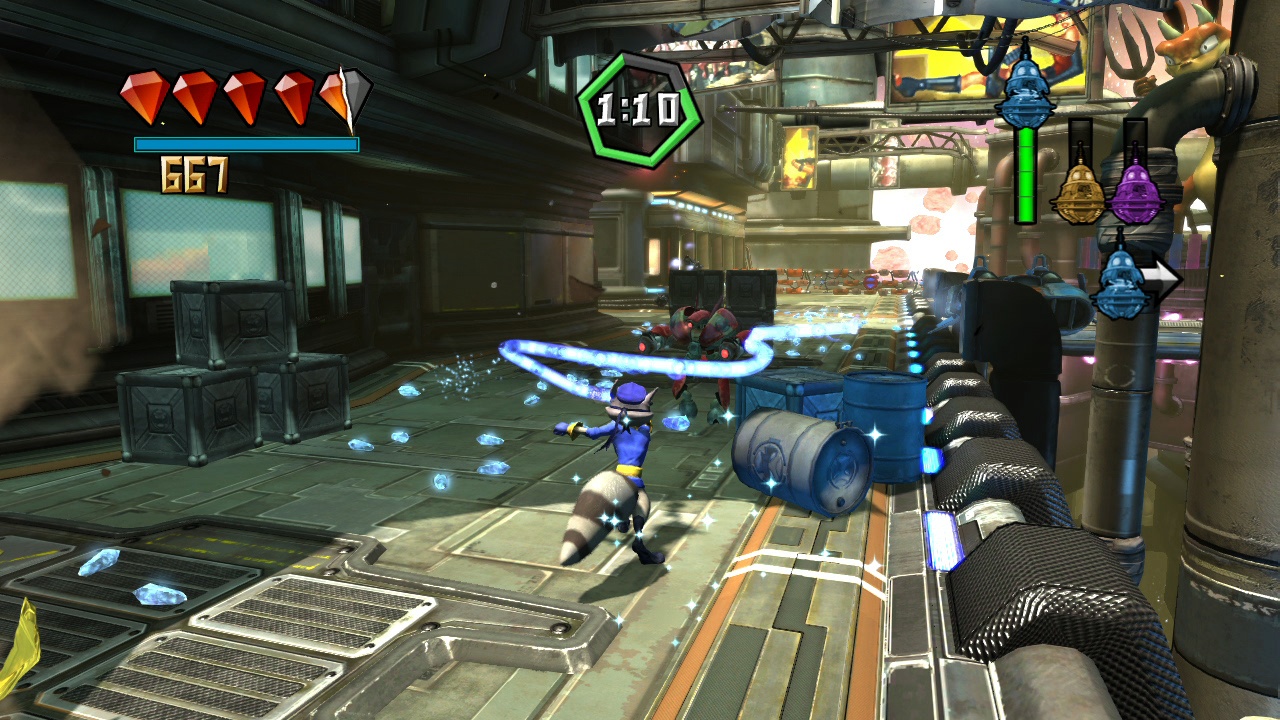PlayStation at 30: How it Redefined Gaming in Australia

Thirty years ago, the landscape of home entertainment in Australia was on the verge of a seismic shift. In an era dominated by 16-bit cartridges and 2D adventures, a sleek, grey console arrived on store shelves, promising a new dimension of interactive experiences.
This year, we celebrate the 30th anniversary of the original Sony PlayStation's revolutionary debut, a moment that didn't just introduce a new gaming machine but kickstarted a cultural phenomenon that continues to shape how we play today.
The Arrival: A New Challenger Appears
In late 1995, the Australian gaming market was a familiar battleground. Nintendo and Sega were the titans, with their beloved mascots and established franchises. Then, on November 15, 1995, Sony Computer Entertainment entered the fray, launching the PlayStation down under. Priced at a premium A$699, it was a significant investment for families, yet it carried an air of sophisticated, next-generation technology that immediately set it apart.
The console's arrival wasn't just about a new piece of hardware; it was a statement. The design was mature and minimalist, and its marketing targeted a demographic that was growing up with games but craved more complex and cinematic experiences. It was positioned not as a children's toy, but as a complete entertainment system for the living room.
The CD-ROM Revolution
At the heart of the PlayStation’s appeal was its use of the CD-ROM format. This was a game-changer in every sense of the word. While competitors were still largely reliant on expensive, limited-capacity cartridges, the PlayStation’s CDs could hold vast amounts of data. This technological leap enabled three key innovations that would come to define the 32-bit era:
- True 3D Graphics: For the first time on a mainstream console, developers could create expansive, polygonal 3D worlds. Characters and environments had depth and dimension, pulling players into the game like never before.
- Full-Motion Video (FMV): The massive storage space allowed for cinematic cutscenes, telling richer, more engaging stories that rivaled Hollywood productions in their ambition.
- CD-Quality Audio: Game soundtracks were no longer limited to synthesized beeps and boops. The PlayStation delivered fully orchestrated scores and high-quality sound effects, dramatically enhancing immersion.
This trifecta of technical prowess allowed developers to create games that were bigger, bolder, and more atmospheric than anything seen before on a home console.
The Games That Built an Empire
A console is only as good as its games, and the PlayStation launched with a lineup that immediately showcased its power and potential. Titles like the futuristic racer Wipeout and the arcade-perfect port of Ridge Racer were system-sellers, demonstrating the console's incredible speed and graphical fidelity. These weren't just games; they were experiences, complete with electrifying electronic soundtracks that became iconic in their own right.
As the months and years went on, the PlayStation library became a hall of fame for legendary titles that created and redefined genres.
- Tomb Raider: Introduced the world to Lara Croft, an icon who transcended gaming to become a global pop culture figure. Her 3D adventures set a new standard for action-adventure games.
- Crash Bandicoot: Gave the PlayStation its own unofficial mascot. The vibrant platformer was a technical marvel and a massive hit with players of all ages.
- Gran Turismo: Billed as "The Real Driving Simulator," it offered an unprecedented level of realism and a vast collection of licensed cars, appealing to motorsport fans and gamers alike.
- Final Fantasy VII: This sprawling Japanese role-playing game was a watershed moment for the genre, telling a deeply emotional, cinematic story that captivated millions worldwide and proved that games could be a powerful storytelling medium.
A Lasting Legacy in Australia and Beyond
The PlayStation's impact extended far beyond the screen. It normalized gaming as a mainstream hobby for young adults. Its success paved the way for its successors—the PlayStation 2, 3, 4, and 5—each building upon the foundation of innovation and quality established by that first grey box.
For countless Australians, the original PlayStation holds a special place. It was the console that introduced them to 3D gaming, to epic storytelling, and to a new way of connecting with friends through heated multiplayer sessions. Thirty years later, its influence is undeniable. It didn't just win a console war; it changed the very definition of what a video game could be, leaving a legacy that continues to inspire and entertain a new generation of players.
Frequently Asked Questions (FAQ)
When was the first PlayStation released in Australia?
The original Sony PlayStation was released in Australia on November 15, 1995.
How much did the PlayStation cost at its Australian launch?
At its launch in Australia, the PlayStation console was priced at A$699.
What were some of the key launch games for the PlayStation in Australia?
While the exact launch day lineup can be hard to pin down, some of the most prominent early titles available at or near the Australian launch included Ridge Racer, Wipeout, Destruction Derby, and Jumping Flash!.